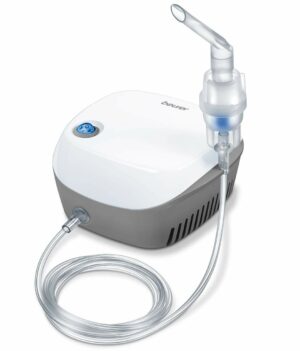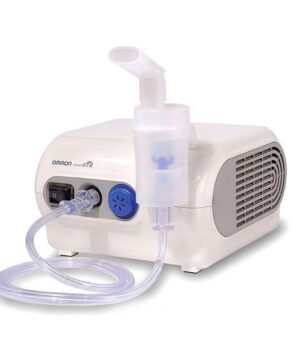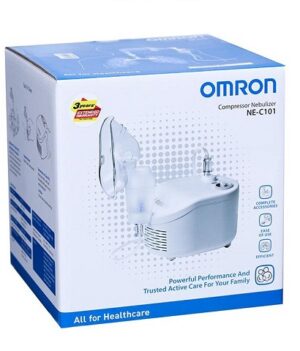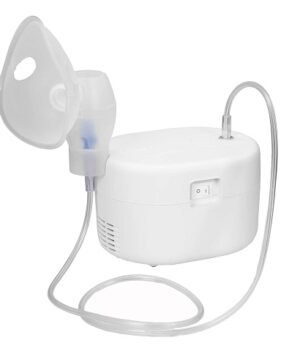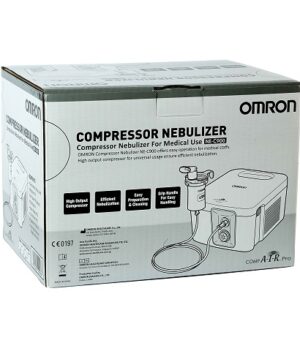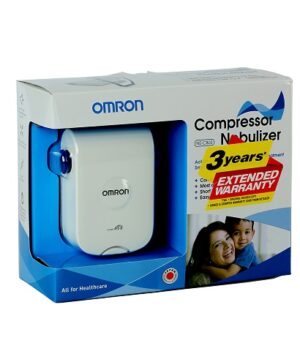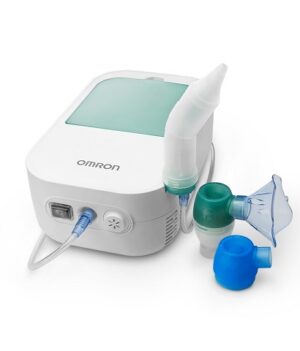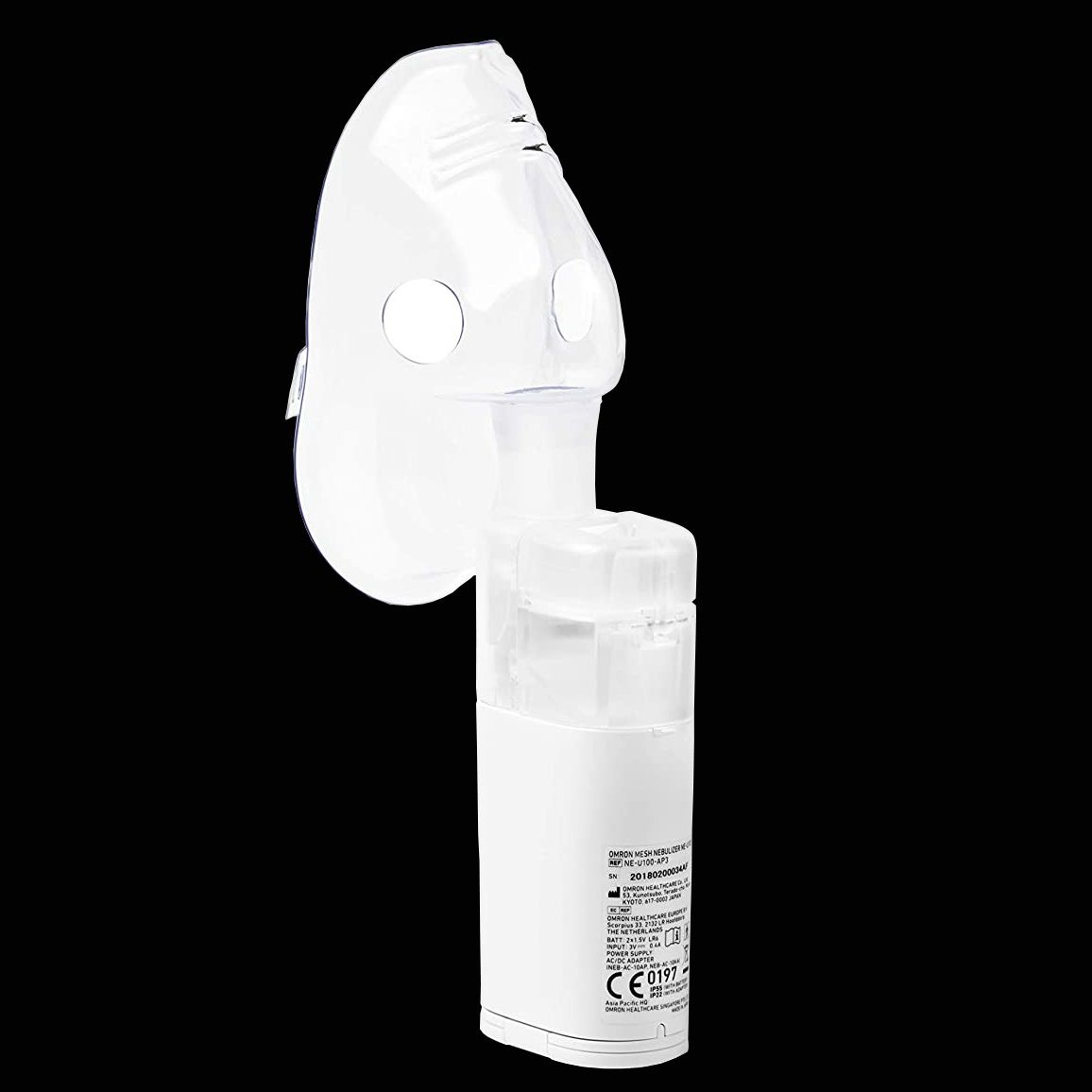MRP: Rs. 3940/-
Made in Germany, 5-Year Manufacturer Warranty, Buy from Kannur
₹ 1,599.00MRP: Rs. 3690/-
Buy from Kannur – Powerful Nebulizer, Suitable for Home Use, 2-Year Manufacturer Warranty
₹ 2,799.00MRP: Rs. 2380/-
Buy from Kannur with 2-year manufacturer warranty
₹ 2,299.00MRP: Rs. 2560/-
Buy from Kannur with 2-years manufacturer warranty
₹ 1,599.00MRP: Rs. 8515/-
High Output Nebulizer suitable for Hospitals, Clinics, & Home use.
₹ 5,899.00MRP: Rs. 2880/-
Buy Omron Portable Nebulizer from Kannur with 2-Year Manufacturer Warranty.
₹ 1,999.00MRP: Rs. 6990/-
Made in Italy
Buy from Kannur with 3-years manufacturer warranty
₹ 4,499.00MRP: Rs. 8985/-
Portable Mesh Technology, nebulization at any angle
₹ 6,999.00MRP: Rs. 36045/-
Heavy-duty nebulizer
Can be used for up to 72 hours continuously
₹ 27,999.00
It wouldn’t be incorrect to call India the capital of respiratory problems, be it allergies, asthma, infections, or inflammatory diseases; all are too common. Aerosols provide effective and instant relief in many of these conditions. Yes, a nebulizer is similar to inhalers but much easier to use and far more efficient.
In almost every Indian family, someone is living with one respiratory condition or another. Therefore, a nebulizer is a must-have. It wouldn’t be wrong to say that both patients and physicians have underestimated the potential of the nebulizer.
Benefits of a Nebulizer Over Inhaler:
Yes, taking a puff from an inhaler is not straightforward. Statistics show that more than half of people cannot use inhalers properly, with more medication ending up in the oral cavity instead of the respiratory tract. Respiratory diseases are common in young children and older adults, who find it even more challenging to use inhalers. Incorrect use of inhalers results in suboptimal treatment and a failure to benefit from therapy.
A nebulizer is an altogether different thing; its usage is comfortable, does not require any training, and is suitable for infants, toddlers, and older adults.
How to Use a Nebulizer:
Although usage involves some extra steps, higher effectiveness justifies its use. After all, the usefulness of therapy is the primary consideration. Below are some necessary steps involved in usage, which usually become easy with practice:
- Wash your hands and connect the hose to the compressor unit.
- Fill the medication cup with the prescribed medication.
- Place the mouthpiece correctly to ensure that the medication enters the bronchi and lungs.
- Continue to breathe until all the medication is consumed; this may take 10-15 minutes.
- Turn off the machine when done.
- Wash the medicine cup and mouthpiece and dry them for the next use.
Every device comes with detailed instructions inside, and things are pretty straightforward. Thus, one should not worry about the usage technique; it is just a matter of getting familiar with it. What’s important to know is that it is much more effective than inhalers, so it’s better to ask your physicians to prescribe nebulizer-based medications.
Applications:
Asthma – it is more common in subtropical nations like India. According to estimates, around one-third of children in India have some degree of asthma, although by adulthood, it often disappears. In adults, the prevalence is between 2-12% of the population. Inhalation drugs are the first-line treatment for asthma as they are safer than tablet forms and act directly on the narrowed windpipe.
COPD (Chronic Obstructive Pulmonary Disease) – another condition characterized by the narrowing of the windpipe, where this device can be of great value. Around 20% of the population each year gets COPD. Usually, physicians would recommend combination therapy of antibiotics and inhaled medications for symptomatic relief. Poorly managed COPD is one of the leading causes of death.
Chronic sinusitis – as per one report, almost one in eight Indians has chronic sinusitis. Simply put, more people in India have sinusitis than the entire population of Japan or the UK. Although it may not be fatal, it is highly debilitating and worsens the quality of life. Some cases of sinusitis may benefit from inhaled medications.
A nebulizer is more efficient; hence, use it most of the time, while inhalers are a better fit when a person is away from home.



